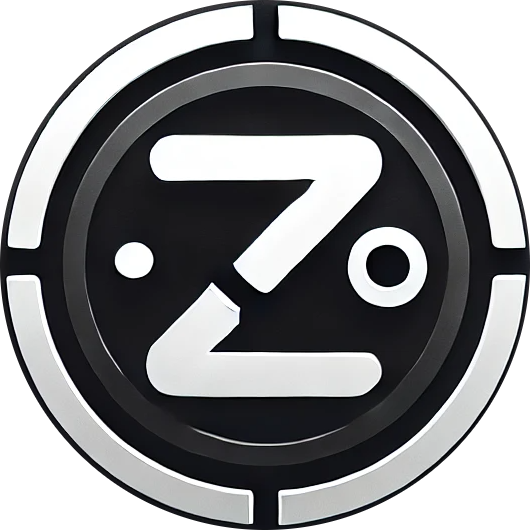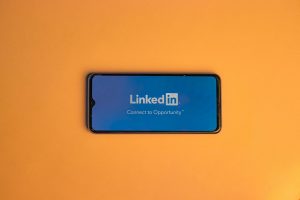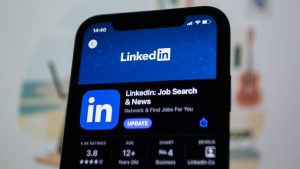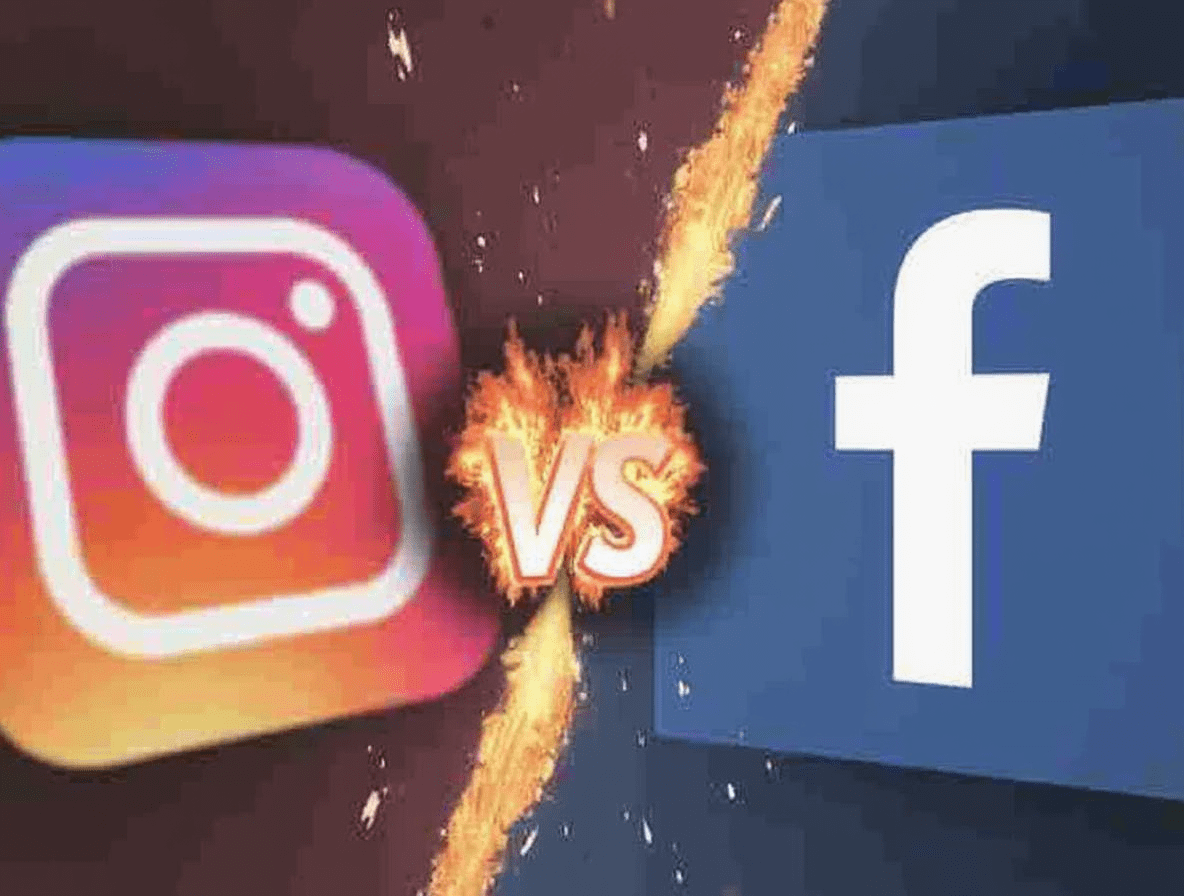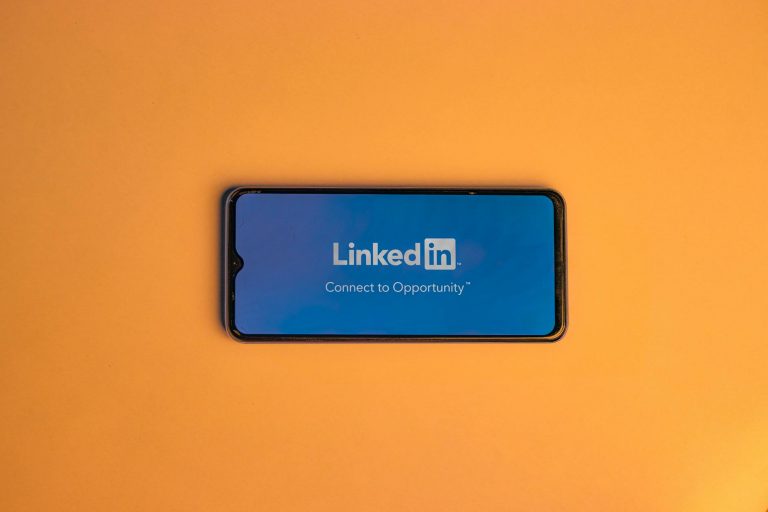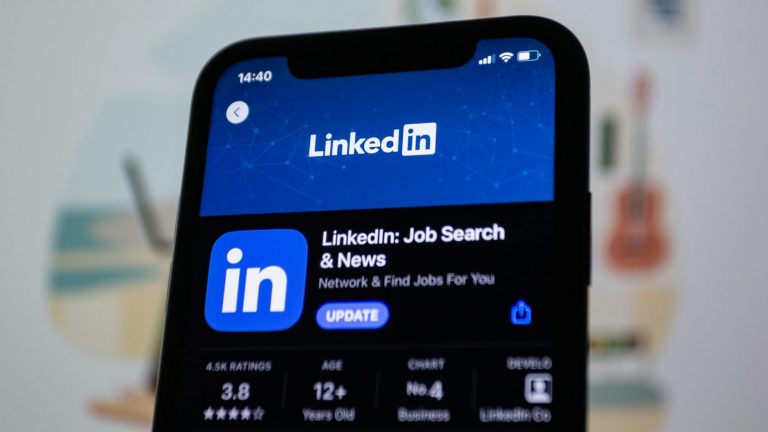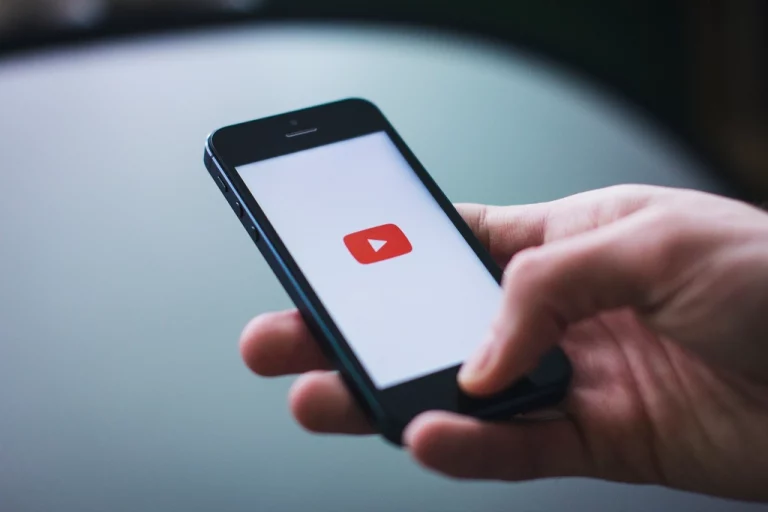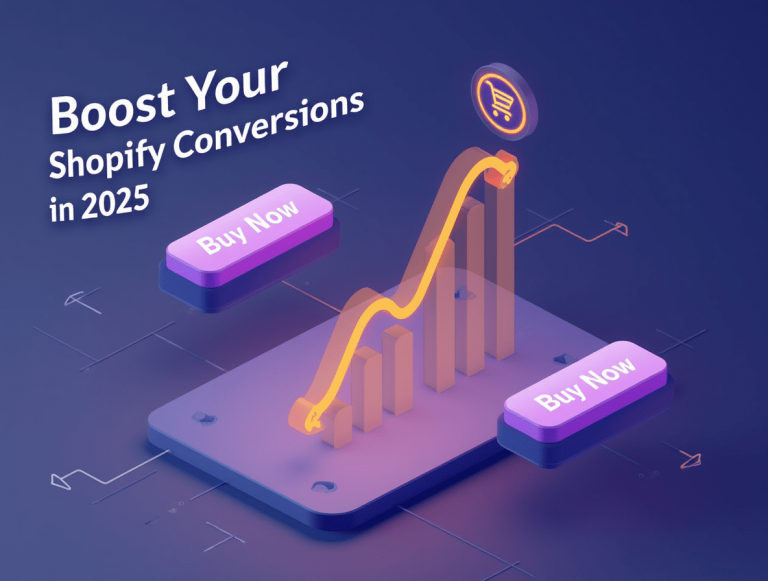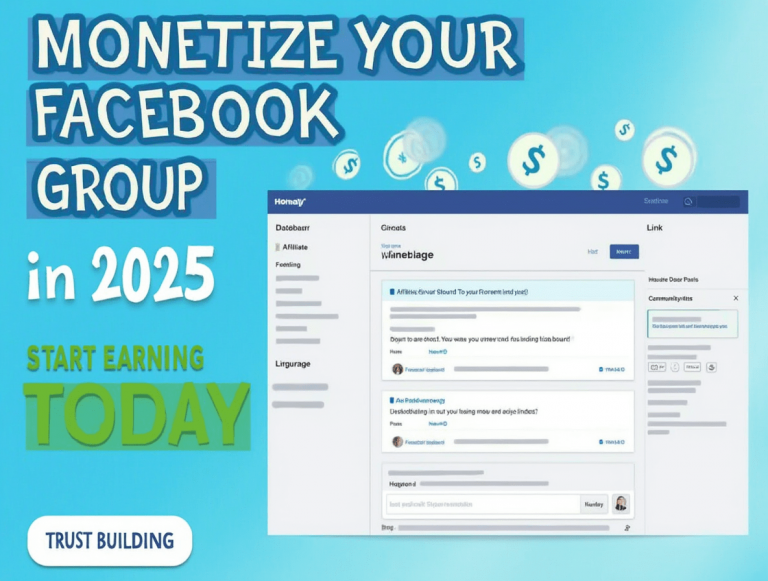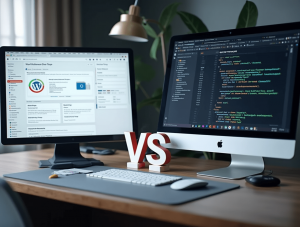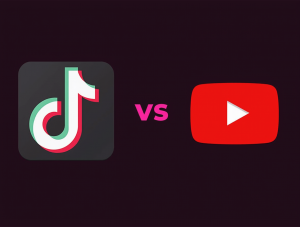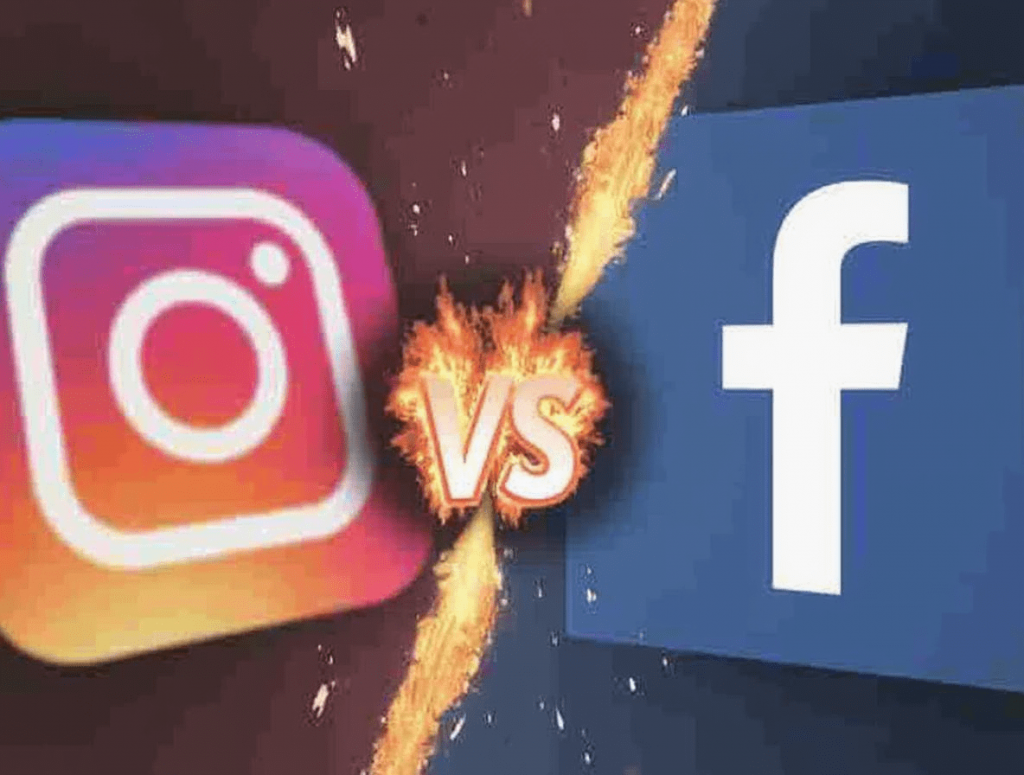
Did you know that businesses now spend over 40% of their digital marketing budgets on social media platforms? Among these channels, Facebook and Instagram consistently rank as the top contenders for marketing dollars, yet many businesses struggle to determine where their investment will yield better returns.
With Facebook’s massive 2.9 billion monthly active users and Instagram’s highly engaged 1.4 billion user base, both platforms offer compelling opportunities. However, their fundamental differences in audience demographics, content formats, algorithm behaviors, and advertising capabilities create distinct marketing environments that may favor different business objectives.
This comprehensive guide will analyze Facebook versus Instagram across essential marketing dimensions, including audience targeting precision, content engagement rates, advertising performance, and overall return on investment. By the end, you’ll have a clear framework for choosing the platform that best aligns with your specific business marketing goals.
Understanding the Platforms
Facebook: The Comprehensive Social Network
Founded in 2004, Facebook has evolved from a college networking site into a comprehensive social ecosystem. Today’s Facebook encompasses:
- A primary News Feed featuring posts from friends, groups, and pages
- Facebook Marketplace for local commerce
- Facebook Groups for community building
- Watch for video content consumption
- Business Pages for brand presence
- Business Manager for marketing administration
- Messenger for direct communication
- Events for organizing gatherings
Despite recent controversies and shifting youth engagement, Facebook remains the most widely used social platform globally with unmatched reach across age demographics and geographic regions. The platform’s extensive data collection enables highly targeted advertising based on detailed user behaviors, interests, and connections.
Instagram: The Visual Engagement Platform
Acquired by Facebook (now Meta) in 2012, Instagram has maintained its distinct identity as a visually-focused platform centered around:
- Image and video sharing in the main feed
- Stories for ephemeral 24-hour content
- Reels for short-form vertical videos
- IGTV for longer video content
- Shopping features integrated into posts
- Direct Messages for private communication
- Explore page for content discovery
Instagram has successfully captured younger audiences with its emphasis on visual storytelling and creative expression. The platform fosters higher engagement rates than Facebook and excels at product discovery, influencer marketing, and brand-building through visual identity.
Audience Demographics and Targeting
Facebook Demographics
Facebook’s user base is notable for its breadth across demographics:
- Age Distribution:
- 25-34 years: 26.3% of users
- 35-44 years: 19.2%
- 45-54 years: 14.8%
- 55+ years: 21.1%
- 18-24 years: 17.6%
- 13-17 years: 1.0%
- Gender Split: Approximately 56% male, 44% female globally
- Geographic Reach: Strong presence across all regions with particular strength in:
- India: 340 million users
- United States: 190 million users
- Indonesia: 140 million users
- Brazil: 130 million users
- Usage Patterns: Average daily time of 33 minutes with higher usage among older demographics
Facebook’s user base continues to age, with the platform showing particular strength among Generation X and Baby Boomers. This demographic profile makes Facebook especially valuable for businesses targeting established professionals, parents, and older consumers with higher disposable income.
Instagram Demographics
Instagram skews noticeably younger and more visually oriented:
- Age Distribution:
- 25-34 years: 31.2% of users
- 18-24 years: 28.6%
- 35-44 years: 16.1%
- 45-54 years: 12.3%
- 55+ years: 9.8%
- 13-17 years: 2.0%
- Gender Split: Approximately 51% female, 49% male globally
- Geographic Strength:
- United States: 143 million users
- India: 115 million users
- Brazil: 99 million users
- Indonesia: 85 million users
- Usage Patterns: Average daily time of 29 minutes with particularly high engagement in Stories and Reels
Instagram dominates among Millennials and Gen Z users, especially those interested in lifestyle content, visual inspiration, and product discovery. The platform attracts users with stronger interests in fashion, beauty, fitness, travel, food, and design compared to Facebook.
Targeting Capabilities
Both platforms leverage Meta’s advanced targeting infrastructure, providing marketers with sophisticated options:
Facebook Targeting Strengths:
- More extensive historical data on users
- Better targeting based on life events (marriages, moves, etc.)
- Superior B2B targeting through professional information
- Strong local business targeting capabilities
- More developed interest-based communities through Groups
- Retargeting capabilities for website visitors and custom audiences
Instagram Targeting Strengths:
- Better alignment with shopping and product discovery behavior
- Superior targeting for fashion, beauty, and lifestyle interests
- Stronger connections to influencer networks
- More engaged younger audiences
- Higher affinity targeting through visual content preferences
- Better performance for aspirational content targeting
Content Engagement and Format Effectiveness
Facebook Content Engagement
Facebook supports multiple content formats with varying effectiveness:
Text Posts:
- Average engagement rate: 0.10-0.15%
- Best for: Community discussions, customer service, opinion sharing
- Business use case: Soliciting feedback, starting conversations
Image Posts:
- Average engagement rate: 0.18-0.28%
- Best for: Quick visual impact with explanatory context
- Business use case: Promotional announcements, team highlights
Video Posts:
- Average engagement rate: 0.28-0.35%
- Best for: Storytelling, demonstrations, longer-form content
- Business use case: Product tutorials, behind-the-scenes content
Link Shares:
- Average engagement rate: 0.12-0.18%
- Best for: Driving traffic to external content
- Business use case: Blog promotion, news sharing, resource linking
Facebook’s algorithm favors content that generates meaningful interactions, particularly through comments and shares rather than passive likes. The platform generally rewards content that keeps users on Facebook rather than directing them elsewhere.
Instagram Content Engagement
Instagram shows consistently higher engagement rates across its visual formats:
Feed Posts:
- Average engagement rate: 0.7-1.0%
- Best for: High-quality visual product features
- Business use case: Product showcases, brand imagery
Stories:
- Average engagement rate: Viewed by 15-25% of followers
- Best for: Timely, authentic glimpses and interactive elements
- Business use case: Flash sales, polls, day-to-day brand moments
Reels:
- Average engagement rate: 2.0-5.0%
- Best for: Trend participation, quick demonstrations
- Business use case: Product features, brand personality, viral potential
IGTV/Long-form Video:
- Average engagement rate: 0.5-0.8%
- Best for: In-depth content and storytelling
- Business use case: Tutorials, interviews, episodic content
Instagram’s algorithm prioritizes content based on user relationships, interests, and recency, with particular emphasis on new formats the platform is promoting (currently Reels). The visually-driven nature of the platform creates higher overall engagement but requires stronger aesthetic quality.
Advertising Performance and Options
Facebook Advertising Capabilities
Facebook offers the most comprehensive advertising ecosystem with options including:
Ad Formats:
- Image ads
- Video ads
- Carousel ads
- Collection ads
- Instant Experience ads
- Lead form ads
- Dynamic product ads
Campaign Objectives:
- Awareness: Brand awareness, reach
- Consideration: Traffic, engagement, app installs, video views, lead generation, messages
- Conversion: Conversions, catalog sales, store traffic
Placement Options:
- News Feed
- Right column
- In-stream video
- Search results
- Marketplace
- Stories
- Facebook Audience Network (external sites)
Facebook advertising typically delivers:
- Lower cost-per-click (average $0.94)
- Higher conversion rates for lead generation
- Better performance for B2B services
- Stronger results for complex purchasing decisions
- Superior retargeting capabilities
Facebook ads benefit from the platform’s extensive user data and typically perform best for consideration and conversion-focused campaigns where detailed information and multiple touchpoints are valuable.
Instagram Advertising Capabilities
Instagram offers a more streamlined but visually impactful advertising approach:
Ad Formats:
- Photo ads
- Video ads
- Carousel ads
- Stories ads
- Reels ads
- Shopping ads
- Collection ads
Campaign Objectives:
- Awareness: Brand awareness, reach
- Consideration: Traffic, engagement, app installs, video views, lead generation, messages
- Conversion: Conversions, catalog sales
Placement Options:
- Feed
- Stories
- Explore
- Reels
- Shopping tab
Instagram advertising typically delivers:
- Higher cost-per-click (average $1.23)
- Better brand recall and awareness metrics
- Superior product discovery performance
- Stronger results for visually-driven products
- Better influencer integration possibilities
Instagram ads excel in creating desire and product discovery, performing particularly well for fashion, beauty, travel, food, fitness, and lifestyle brands where visual presentation is paramount to the purchasing decision.
Platform-Specific Marketing Opportunities
Facebook-Specific Marketing Advantages
Facebook Groups
- Community building around brand values or interests
- Exceptional for fostering customer-to-customer connections
- Higher organic reach than standard page posts
- Superior for relationship marketing and loyalty building
- Valuable source of customer insights and feedback
Local Business Features
- Superior local business discovery
- Better integration with location-based searches
- More developed reviews and recommendations
- Better event promotion capabilities
- Stronger community connection features
B2B Marketing Potential
- Better targeting of professional roles and industries
- More suitable content formats for detailed business information
- Integration with workplace accounts
- Better lead generation form performance
- More developed thought leadership opportunities
Instagram-Specific Marketing Advantages
Visual Storytelling
- Superior platform for brand aesthetic development
- Better showcase for product details and quality
- More immersive brand world-building
- Higher emotional connection through visual content
- Better format for aspirational marketing
Influencer Marketing
- Larger and more developed influencer ecosystem
- Better tools for sponsored content collaborations
- Higher engagement on influencer partnerships
- More authentic product integration opportunities
- Better discovery of niche community leaders
Shopping Integration
- More seamless product discovery experience
- Better performance for impulse purchases
- Stronger connection between inspiration and purchase
- More developed in-app shopping experience
- Better performance for visually-driven products
ROI Comparison for Different Business Types
E-commerce Businesses
Facebook ROI Factors:
- Better for complex products requiring explanation
- Superior retargeting performance
- Better for considered purchases with longer sales cycles
- More effective for higher-priced items
- Better conversion tracking capabilities
Instagram ROI Factors:
- Superior product discovery performance
- Better for impulse purchases
- Higher performance for visually appealing products
- More effective product tagging capabilities
- Better integration with influencer recommendations
Verdict: Instagram typically delivers better ROI for visually-driven consumer products with lower price points, while Facebook performs better for complex or higher-priced items requiring more consideration.
Service-Based Businesses
Facebook ROI Factors:
- Better for detailed service explanations
- Superior lead form completion rates
- Better testimonial and social proof presentation
- More effective local targeting for service areas
- Better performance for professional services
Instagram ROI Factors:
- Better for showcasing service outcomes
- Superior for before/after demonstrations
- Higher engagement for service providers with visual processes
- Better for lifestyle-oriented services
- More effective for aspirational service marketing
Verdict: Facebook typically delivers better ROI for complex professional services, while Instagram performs better for visual services like photography, interior design, fitness coaching, and aesthetic services.
B2B Marketing
Facebook ROI Factors:
- Better targeting of decision-makers by role
- Superior for detailed product explanations
- Better lead quality for enterprise sales
- More effective for thought leadership content
- Better integration with webinars and events
Instagram ROI Factors:
- Better for humanizing B2B brands
- Superior for showcasing company culture
- Higher engagement for product demonstrations
- More effective for design-oriented B2B products
- Better performance at industry events
Verdict: Facebook generally delivers better ROI for most B2B applications, particularly for complex services, enterprise solutions, and lead generation campaigns. Instagram can complement B2B strategies by humanizing brands and showcasing culture.
Local Businesses
Facebook ROI Factors:
- Superior local targeting capabilities
- Better integration with maps and directions
- More effective for event promotion
- Better review and recommendation ecosystem
- Superior community engagement tools
Instagram ROI Factors:
- Better for showcasing physical spaces
- Superior for food, beverage, and retail products
- Higher performance for location-based searches through hashtags
- More effective for attracting tourists and visitors
- Better for showcasing local experiences
Verdict: Facebook typically delivers better ROI for service-based local businesses and community establishments, while Instagram performs better for visually appealing locations like restaurants, cafes, boutiques, and experience-based businesses.
Strategic Approach: Integration vs. Specialization
Many businesses find that an integrated approach leveraging both platforms yields optimal results. Consider these strategic frameworks:
Integrated Cross-Platform Strategy
Content Coordination:
- Use Facebook for more detailed, information-rich content
- Use Instagram for visual highlights and emotional connection
- Maintain consistent brand messaging while adapting to platform strengths
- Create platform-specific content that acknowledges each audience’s preferences
Audience Segmentation:
- Target different demographic segments on each platform
- Use Facebook for broader reach and older demographics
- Use Instagram for younger audiences and visual discovery
- Develop platform-appropriate messaging for each segment
Customer Journey Mapping:
- Instagram for awareness and desire creation
- Facebook for consideration and conversion support
- Retargeting across both platforms for comprehensive coverage
- Platform-specific calls-to-action based on typical user behavior
Platform Specialization Strategy
For businesses with limited resources, focusing on a single platform may be necessary. Consider specialization when:
Facebook Specialization Makes Sense If:
- Your target audience skews over 35
- Your product/service requires detailed explanation
- You sell B2B or complex B2C offerings
- Customer community building is essential
- Local business presence is your priority
- Lead generation is your primary objective
Instagram Specialization Makes Sense If:
- Your target audience is primarily under 35
- Your products have strong visual appeal
- You operate in fashion, beauty, food, travel, or lifestyle
- Influencer marketing is central to your strategy
- Product discovery is your key objective
- Brand aesthetic and visual identity are core differentiators
Measurement and Analytics Comparison
Both platforms offer analytics through Meta Business Suite, but with different strengths:
Facebook Analytics Advantages
- More detailed demographic insights
- Better attribution modeling across the customer journey
- Superior multi-touch attribution for complex sales
- More developed funnel analysis capabilities
- Better integration with CRM systems
- More comprehensive conversion tracking
Instagram Analytics Advantages
- Better content performance comparisons
- Superior competitive analysis tools
- More developed hashtag performance metrics
- Better insights on follower growth and engagement
- More detailed Stories analytics
- Better metrics for content discovery
Future Platform Trends and Considerations
When developing a long-term social media marketing strategy, consider these platform evolution trends:
Facebook Future Outlook
- Continued emphasis on Groups and community building
- Increased focus on commerce and marketplace functionality
- Greater integration of AR and VR experiences through Meta’s vision
- More development of video content to compete with TikTok
- Potential challenges with privacy changes affecting targeting
- Further development of business tools and analytics
Instagram Future Outlook
- Continued prioritization of Reels and short-form video
- Expanded shopping capabilities and in-app purchasing
- Greater emphasis on creator monetization tools
- Further development of AR filters and shopping
- Increased competition for organic visibility
- More seamless integration between content formats
Conclusion
Choosing between Facebook and Instagram for business marketing isn’t about identifying a universal “better” platform—it’s about aligning platform strengths with your specific business objectives, audience, and resources.
Facebook offers unmatched reach, sophisticated targeting, and superior performance for information-rich content, complex purchases, and B2B marketing. Its diverse formats and community features make it particularly valuable for businesses seeking deeper customer relationships and comprehensive marketing capabilities.
Instagram delivers superior engagement, product discovery, and visual storytelling opportunities. Its highly engaged younger audience and shopping integration make it ideal for businesses with visually appealing products, lifestyle orientations, and fashion or design elements.
The most successful businesses typically develop platform-specific strategies that leverage the unique strengths of each channel while maintaining consistent brand positioning. By understanding the distinct advantages of Facebook and Instagram, you can allocate your marketing resources for maximum impact and return on investment.
FAQ Section
Which platform is better for starting a new business with limited budget?
Instagram typically offers better organic reach for new businesses with limited budgets, particularly for visually-oriented products. The platform’s discovery features through hashtags and Explore provide opportunities for visibility without paid promotion. Facebook generally requires more ad spend to achieve similar visibility levels for new business pages.
How often should businesses post on each platform?
For Facebook, posting 3-5 times per week is typically optimal for most businesses, with emphasis on quality over quantity. For Instagram, more frequent posting is beneficial—typically 4-7 feed posts per week, plus daily Stories content for maximum engagement. However, posting frequency should always be balanced with content quality and audience engagement.
Can small businesses succeed on these platforms without paying for ads?
Organic success is increasingly challenging on both platforms but remains more viable on Instagram for visually appealing businesses. Facebook’s algorithm significantly limits organic page reach, making paid promotion almost essential for meaningful visibility. Both platforms can still generate organic results through exceptional content, community engagement, and strategic use of platform-favored features (Reels on Instagram, Groups on Facebook).
How do Instagram and Facebook compare for video marketing specifically?
Instagram generally delivers higher engagement rates for short-form video content (especially Reels), making it superior for quick, visually impactful videos under 60 seconds. Facebook performs better for longer-form video content, educational material, and videos requiring context. Facebook Live typically reaches more viewers during broadcast, while Instagram Live often generates more replay views.
Which platform provides better return on ad spend (ROAS)?
ROAS varies significantly by industry, but generally, Facebook delivers better ROAS for lead generation, complex sales processes, and B2B offerings. Instagram typically provides better ROAS for e-commerce, particularly fashion, beauty, and lifestyle products. For maximum returns, many businesses find that retargeting campaigns coordinated across both platforms deliver the highest overall ROAS.
